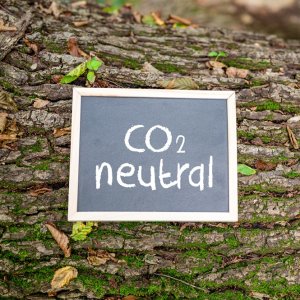Impacting How Mexico Produces, Consumes Energy

STORY INLINE POST
Q: How does Siemens shorten its clients’ learning curve and associated costs when implementing its technological solutions?
A: On the cost side, the important factor is to shed light on the total cost of ownership, which is not limited to the investment involved in implementing this new technology at present but also includes the investment projected in the long term for operational and spare-part cost optimization, among other factors. On the learning curve side, Siemens is immersed in an intensive awareness-raising campaign in the market. We are present across different exhibitions and forums such as data center expos and HVAC fairs. We also provide detailed training and certification services to integrators and engineering companies that thoroughly dissect the inner workings of building management systems and incorporate our solutions in their designs.
Q: How does Siemens remain innovative in a fast-moving sector and where does it see the best prospect for growth?
A: The company’s pillar is innovation. We cannot remain in any comfort zone. Our core value is to maintain our role as digitalization pioneers in the market. We are focused on remaining close to our clients to get a first-hand perspective of their needs and provide value-added solutions to cater to them. Innovation is only as valuable so far as it can be implemented and if it solves a specific problem. Mexico continues growing and developing its industrial tissue, meaning electricity consumption will be on the rise, calling for a sturdy and smart grid. Energy efficiency is another critical issue. Forty percent of the country’s electricity consumption is used by buildings. To that extent we can make this consumption more efficient, greatly impacting the way Mexico produces and consumes energy.
Q: Siemens reduced its CO2 emissions by 4 million tons in 2016. What are the company’s further goals in that regard?
A: Toward 2024, Siemens’ objective is to reduce its carbon footprint by 50 percent compared to 2017 levels. By 2030, we are working to become a fully carbon-neutral company. It is an ambitious target but it is directly related to energy efficiency, operational digitalization and renewable energy, three of the niches in which we excel.
Q: How is Siemens fostering energy efficiency in the country’s industrial activities?
A: Siemens continues to work closely with its clients to assist them in attaining their energy efficiency goals by using our technologies. We are involved in significant consulting activities in the market on that specific issue. The requirement of CELs established for qualified users will contribute to the faster implementation of these technologies. Adoption of digitalization in Mexico’s electricity systems will be boosted by the implementation of measures to comply with the country’s Grid Code by April 2019. We are working with our clients so they are ready for these new standards on both power producer and energy consumer spectrums. The target is to provide operational efficiency and adequate load factors for our clients based on internal diagnostics.
Q: How does Siemens provide the best efficiency solution to its clients’ most common problems?
A: A common factor is the implementation of efficient lighting systems. Siemens developed smart lighting management systems applicable in commercial buildings as well as industrial parks. This enables effective management of both artificial and natural light. Installing and operating high-efficiency industrial engines to save energy is another common issue. There is also interesting business potential in ventilation management. This mainly involves deploying smart air-conditioning controllers to efficiently manage room temperatures with HVAC systems. Based on this diagnostic, we developed an integrated building management platform called Desigo CC for efficient building operation. It is a smart system that orchestrates the energy features and requirements of a building, considering energy, water and natural gas consumption, lighting, fire control, ventilation, air-conditioning, video surveillance and building access controls.























